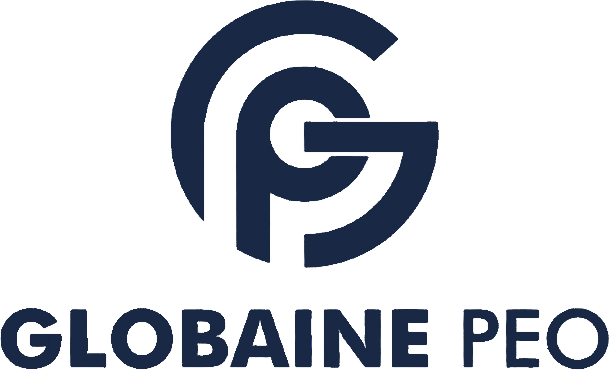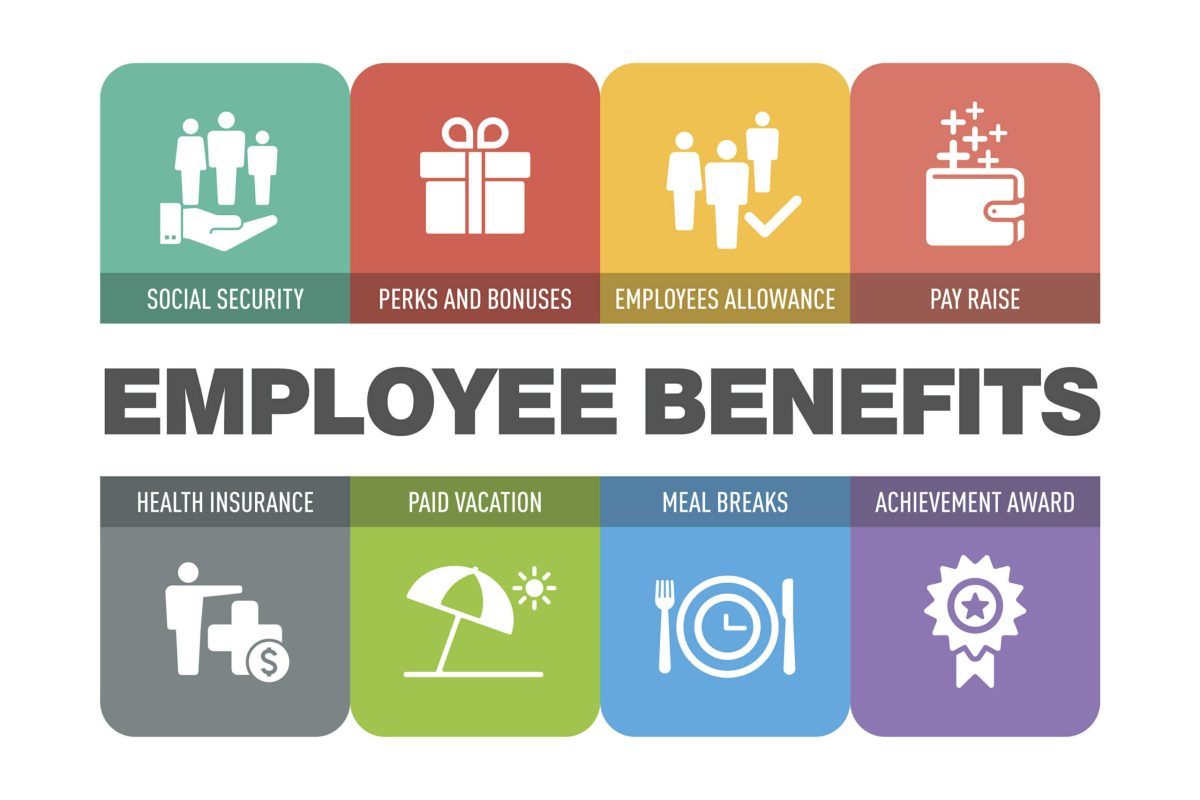Australia provides a range of mandatory employee benefits to protect the rights and welfare of its workforce. These benefits cover healthcare, retirement, paid leave, and other essential entitlements. Employers, including those using Employer of Record (EOR) or Professional Employer Organization (PEO) services, are required to comply with these obligations to avoid penalties and ensure their employees’ satisfaction.
Key Mandatory Benefits in Australia
1. Superannuation Guarantee (Pension Fund)
Description: Superannuation is a compulsory pension scheme in Australia, designed to provide financial security for employees upon retirement. It’s a cornerstone of the Australian benefits system, ensuring that employees accumulate retirement savings throughout their working lives.
Employer Contribution: Employers are required to contribute 11% of an employee’s ordinary time earnings to an approved superannuation fund (as of 2024). This contribution rate is set to increase over time to reach 12% by 2025.
Employee Contribution: Employees can voluntarily add more to their superannuation funds, often receiving tax benefits for doing so.
Benefits: Funds are invested, providing employees with a retirement income. Superannuation can only be accessed upon reaching the retirement age or under specific conditions like permanent disability. Employees have flexibility in choosing their superannuation fund or sticking to the employer’s default fund.
Additional Notes: Employers who fail to meet superannuation obligations face penalties from the Australian Tax Office (ATO). The funds are also protected from bankruptcy, ensuring that they remain secure for retirement.
2. Medicare (Public Healthcare System)
Description: Medicare is Australia’s publicly funded healthcare system, ensuring that all residents have access to essential medical services. It’s funded through a Medicare Levy, which is deducted from taxable income.
Employer Contribution: While employers are not directly responsible for Medicare payments, they are required to withhold the Medicare Levy from employees’ taxable income. This levy is generally 2% of taxable income, with a Medicare Levy Surcharge (up to 1.5%) applicable to high-income earners without private health insurance.
Employee Contribution: Employees contribute through the Medicare Levy, automatically deducted from their income.
Benefits: Provides free or subsidized healthcare services, including visits to doctors, treatment at public hospitals, and reduced prescription costs. Private health insurance is optional but may provide additional benefits like access to private hospitals and elective surgeries.
Additional Notes: The government offers incentives for individuals to take out private health insurance to reduce strain on the public healthcare system.
3. Paid Annual Leave
Description: Paid annual leave is a mandatory entitlement in Australia, granting employees time off with pay to rest and rejuvenate.
Employer Obligation: Full-time employees accrue 4 weeks of paid annual leave per year, calculated based on ordinary hours worked. Shift workers receive 5 weeks due to irregular work patterns.
Employee Contribution: No contribution is required from the employee.
Additional Details: Annual leave can be accrued and carried forward year-to-year. Upon termination, employers must pay out any unused leave. Many companies offer additional leave benefits beyond the statutory minimum as part of an employee’s compensation package.
Additional Notes: Employees can request to cash out some leave with mutual agreement, though certain restrictions apply to protect employee welfare.
4. Paid Sick and Carer’s Leave
Description: This benefit ensures employees can take time off due to illness or to care for an immediate family member without losing income.
Employer Obligation: Full-time employees accrue 10 days of paid personal/carer’s leave annually. Employers are responsible for paying the usual wages during this leave period.
Employee Contribution: No contribution is required.
Benefits: Provides financial stability during periods of illness or family emergencies. The leave can be taken as needed, with any unused leave carrying over to subsequent years.
Additional Notes: Employers can request a medical certificate for extended leave to ensure the legitimacy of claims.
5. Parental Leave
Description: Australian parents are entitled to extended leave to care for a newborn or newly adopted child, ensuring they have ample time for family responsibilities.
Employer Obligation: Employees with at least 12 months of service can take up to 12 months of unpaid parental leave. This can be extended for an additional 12 months with employer agreement. Employers cannot terminate employees during this period, ensuring job security.
Employee Contribution: No contribution is required.
Benefits: The government provides eligible parents with Parental Leave Pay, up to 18 weeks at the national minimum wage, offering some financial relief. Some employers also provide paid parental leave in addition to government benefits.
Additional Notes: Both parents can share the leave, allowing them to balance childcare responsibilities. The leave can be taken flexibly, either all at once or in multiple blocks.
6. Long Service Leave
Description: Long service leave rewards employees for their loyalty and long-term commitment to a single employer, unique to the Australian employment landscape.
Employer Obligation: After 10 years of continuous service, employees are generally entitled to 8.67 weeks of paid leave. Further leave is accrued for additional years of service.
Employee Contribution: No contribution is required.
Additional Notes: Specific entitlements vary by state or territory, but many employees receive a pro-rata payout if they leave the organization after 7 years of service due to resignation, redundancy, or retirement.
Additional Notes: Some states are introducing portable long service leave for certain industries, allowing employees to carry benefits across employers.
7. Public Holidays
Description: Australia has national and state-specific public holidays, during which employees are generally entitled to paid leave.
Employer Obligation: Employers must provide paid time off on public holidays. If an employee works on a public holiday, they may be entitled to additional pay (penalty rates), which can be up to double or triple their regular wage.
Employee Contribution: No contribution is required.
Additional Details: Public holidays include national days like Australia Day and state-specific holidays. Each state may have variations, so employers need to be aware of local obligations.
Additional Notes: Some awards or agreements may allow employees to substitute public holidays for another day, adding flexibility.
8. Minimum Wage
Description: Australia’s minimum wage laws ensure that all employees receive fair pay for their work.
Employer Obligation: Employers must comply with the Fair Work Commission’s national minimum wage, which is reviewed annually. As of mid-2024, the minimum wage is AUD 23.23 per hour or AUD 882.80 per week for full-time workers.
Employee Contribution: No contribution is required.
Benefits: Minimum wage guarantees a basic standard of living, and certain industries have higher award rates depending on the job type and industry-specific agreements.
Additional Notes: Different minimum wages may apply for young workers, apprentices, and trainees.
9. Workers’ Compensation
Description: Workers’ compensation covers employees in the event of work-related injuries, illnesses, or accidents, providing financial support during recovery.
Employer Contribution: Employers are required to obtain workers’ compensation insurance. Premium rates depend on the industry, location, and risk factors.
Employee Contribution: No contribution required.
Benefits: Covers medical costs, rehabilitation, and lost wages. In severe cases, it provides compensation for permanent disability or, in the event of death, support for the family.
Additional Notes: Each state and territory has its own workers’ compensation scheme, with specific requirements and benefits.
10. Leave for Domestic Violence
Description: Employees experiencing domestic violence are entitled to paid leave, helping them secure safety and manage the impact on their lives.
Employer Obligation: From 2023, all employees are entitled to 10 days of paid family and domestic violence leave annually. This is additional to other forms of leave.
Employee Contribution: No contribution required.
Benefits: Provides paid leave to handle legal matters, attend court, seek medical help, or relocate.
Additional Notes: This leave is considered confidential, and employers are expected to handle it sensitively to ensure privacy.
Managing Benefits with EOR/PEO Services
Employers without an Australian Entity: Companies seeking to hire in Australia without establishing a local entity can leverage EOR/PEO services like GlobainePEO. These services handle compliance with mandatory benefits, payroll, tax obligations, and employee benefits administration.
Employers with an Australian Entity: Businesses with a local presence are responsible for managing employee benefits directly. However, PEO services can assist in streamlining the administration of these benefits, ensuring up-to-date compliance with local labor laws and regulations.
Additional Considerations for Global Employers
Regular Updates: Employment laws, benefit requirements, and contribution rates in Australia may change annually. Employers must keep track of updates and adjust their benefits administration to remain compliant.
Thresholds and Caps: Certain benefits, like superannuation and the Medicare Levy, have specific thresholds affecting contributions. Employers should be aware of these to avoid miscalculations.
Employment Contracts: Many Australian employees are covered by awards, enterprise agreements, or individual contracts, which may stipulate benefits that exceed minimum statutory requirements. Employers must ensure that all agreements meet or exceed the legal minimum.
Final Thoughts
Providing and managing mandatory benefits in Australia is essential for maintaining compliance with labor laws and fostering a positive work environment. Employers, whether using EOR/PEO services like GlobainePEO or operating locally, must ensure benefits are administered accurately. These benefits not only fulfill legal obligations but also contribute to the long-term satisfaction and retention of employees.
GlobainePEO – Your Trusted Partner
At GlobainePEO, we help employers navigate the complexities of managing mandatory benefits in Australia. From ensuring compliance with local labor laws to managing payroll and contributions, we provide the support your business needs to thrive. Let us handle your workforce management while you focus on growing your business.

